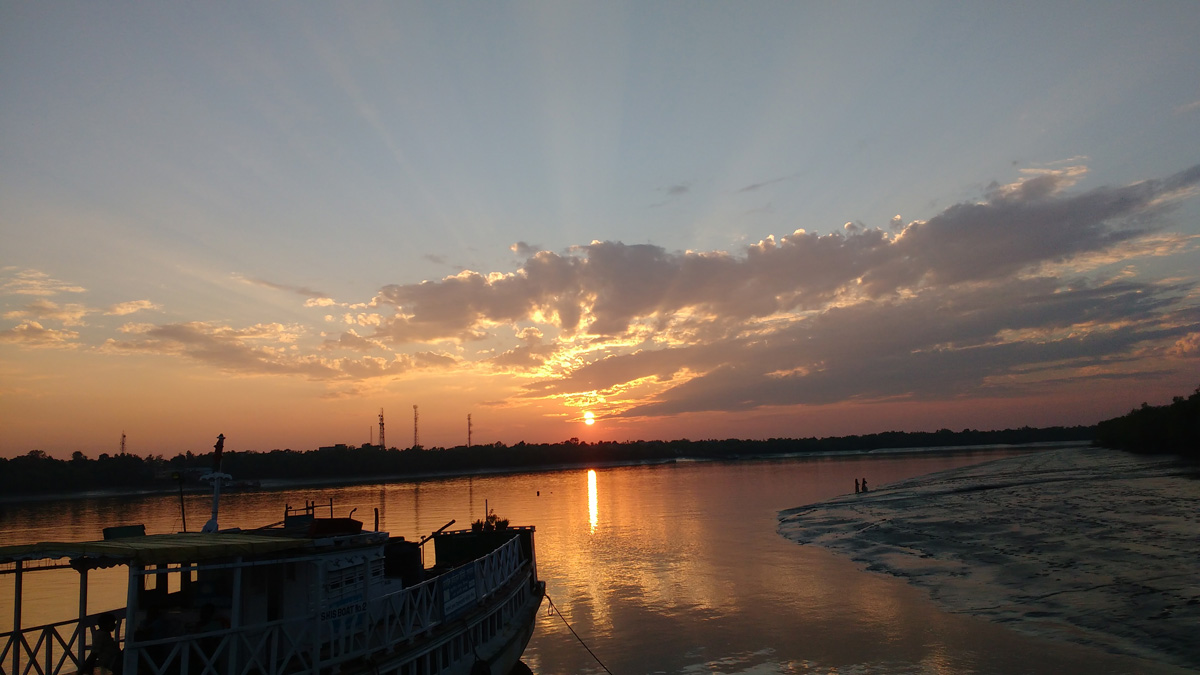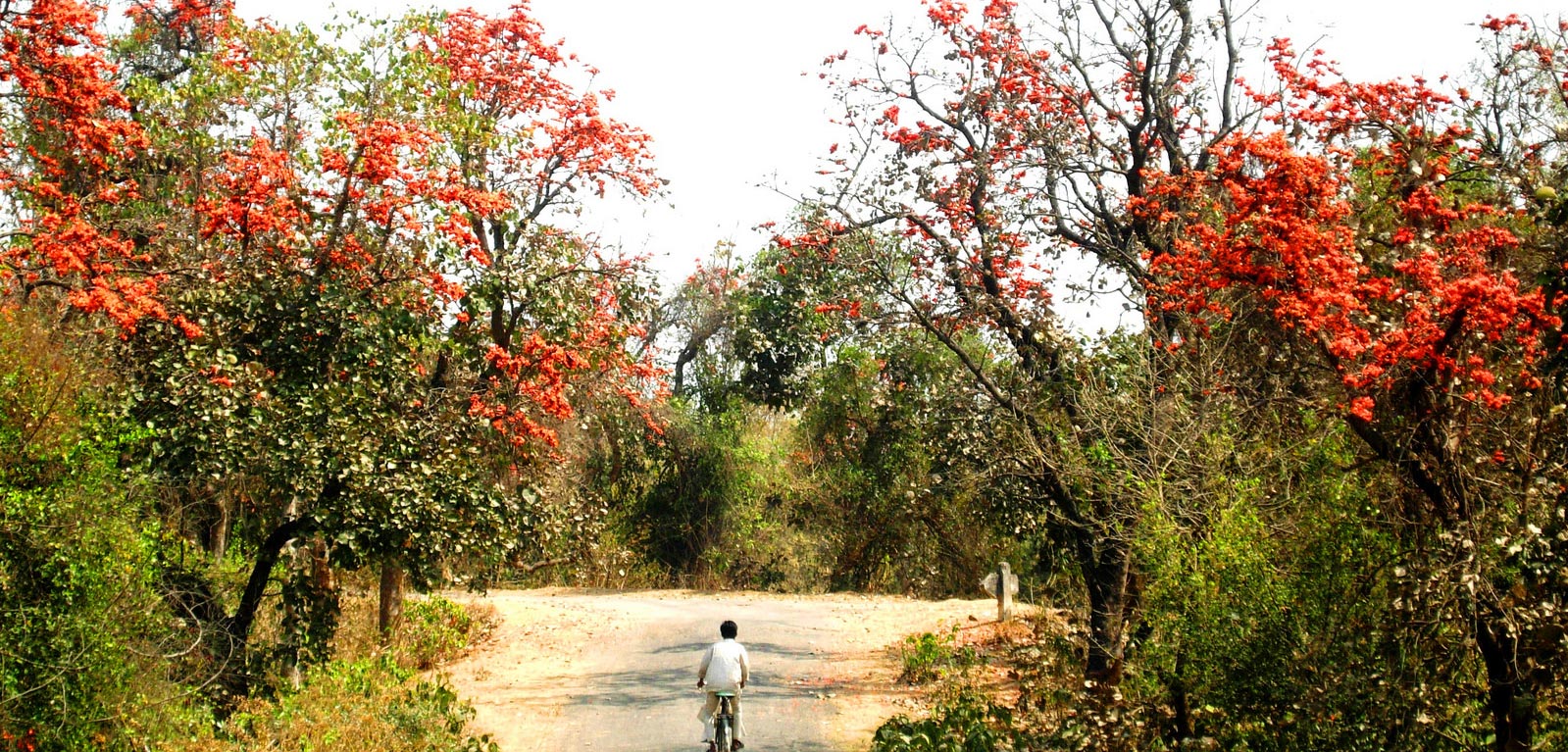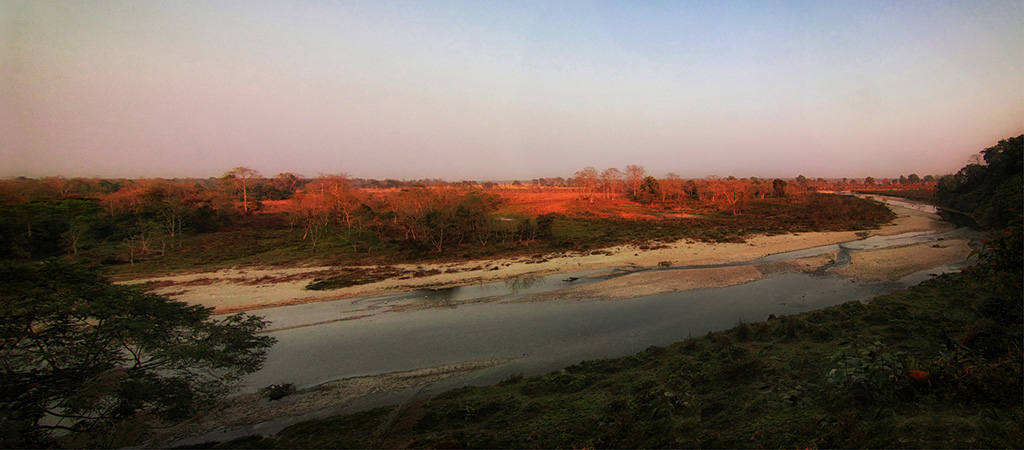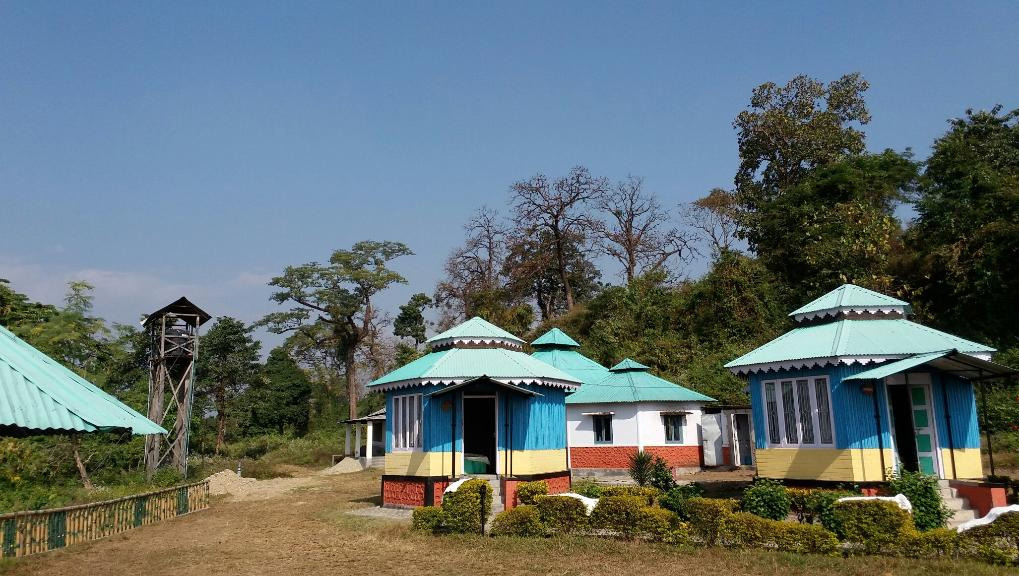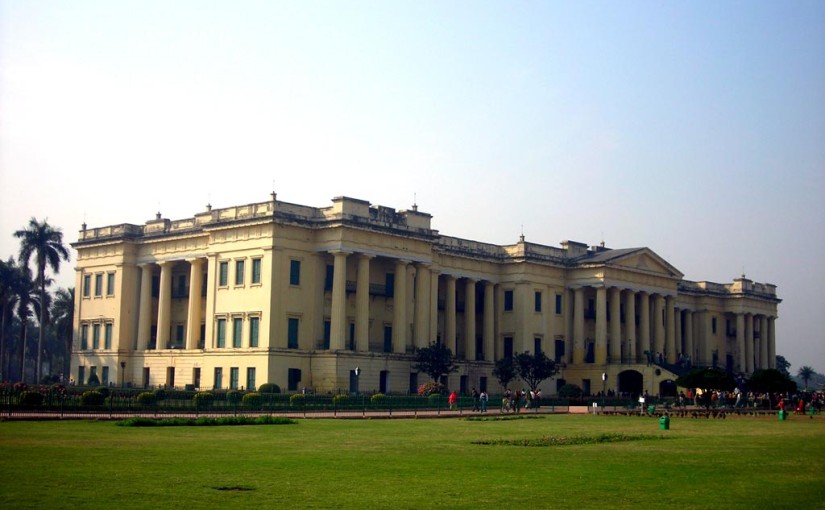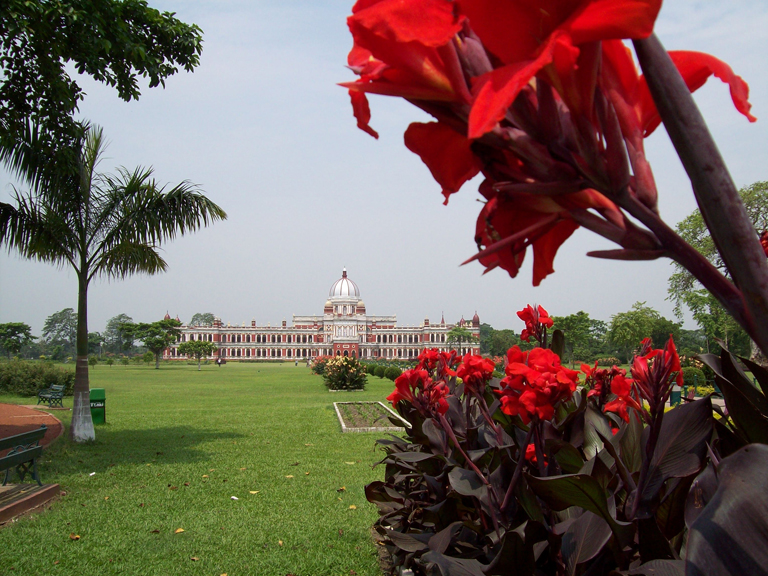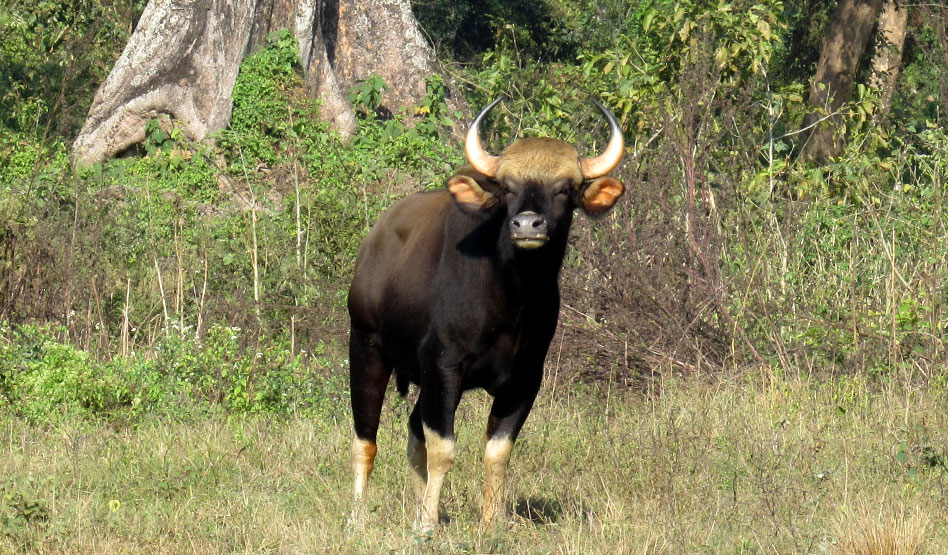Senchal Wildlife Sanctuary is in the Darjeeling in West Bengal. It is one of the oldest wildlife sanctuaries of India. It was set up as a sanctuary in 1915. This sanctuary covers an area of 38.6 square km. Altitude of Senchal Wildlife Sanctuary varies from 4900 ft to 8,500 ft. Two lakes situated inside the sanctuary supply drinking water Darjeeling district. This is a popular picnic spot too. Continue reading
Category: Weekend Destination around Kolkata
Weekend Destination around Kolkata
Exploring the Serene Sajnakhali Wildlife Sanctuary: A Nature Lover’s Paradise
Sajnakhali Wildlife Sanctuary is in South 24 Parganas district, West Bengal, India. This sanctuary covers approx 362 square kms. Sajnakhali Wildlife Sanctuary is one of the three Wildlife Sanctuaries inside Sundarban Biosphere Reserve, the other two being the Haliday Island Wildlife Sanctuary and the Lothian Wildlife Sanctuary. It was set up as a sanctuary in 1976. The Sajnakhali Wildlife Sanctuary is home of rich population of water fowl, heron, pelican, spotted deer, rhesus macaques, wild boar, tigers, water monitor lizards, fishing cats, olive ridley turtle, crocodiles, Batagur terrapins, and migratory birds. This sanctuary is essentially a bird watcher’s paradise.
How to reach Sajnakhali
Boats are available for excursions, day tour and overnight tours – you need a guide and boat permits. Boats are available from various places.
Time to visit
The best time to visit this is from July to September.
Attractions in Sajnakhali
The visitor’s centre has a crocodile enclosure, shark pond, turtle hatchery and an interesting Mangrove Interpretation Centre.
Accommodation in Sajjakhali
There is accommodation available at Sajnekhali. There are forest rest houses and forest lodges here, that have to be booked in advance online though https://www.wbtdcl.com/. Other than this, there are so many private staying options are available into this island or near by island.
Mahananda Wildlife Sanctuary
Mahananda Wildlife Sanctuary is located in between the Teesta and Mahananda rivers. This Sanctuary is situated in Darjeeling district of West Bengal. Mahananda Wildlife Sanctuary can reached from NJP in 30 minutes. Sukna, the gateway to the sanctuary, is only 14 km from Siliguri , 8kms from Siliguri and 28 km from Bagdogra airport.
This sanctuary covers over 159 squer kms. In 1959, it got the status of a sanctuary to protect the bison and Royal Bengal Tiger. It is considered as the most important sanctuary of North Bengal.
Sundarban, Home of Royal Bengal Tiger
The Sundarbans is a mangrove forest extending from Bangladesh into the hinterlands of West Bengal, India. It has been named as a World Heritage Site by UNESCO. The forest is thick and the area, covered with marshy swamps and salt water. It is home to the Royal Bengal Tiger, of which only 400 are left here. Crocodiles, spotted deers, snakes, primates and many different species of birds can be seen here. Tourists need to have a permit to visit the Sunderbans especially the Tiger Reserve.
Purulia Garpanchkot
Do you feel claustrophobic and want to escape from the busy city life, the heat, the pollution? Garpanchkot in Purulia is a great new found weekend getaway. Nestled in the foothills of Panchakot also known as the Panchet hill, in the north-east corner of Purulia district, this enchanting tourist destination is located close to the boundary of Burdwan and Jharkhand. It is the best place to relax your mind and body. Garpanchkot is an ideal mix of everything from forests, hills, water bodies and is steeped in rich history.
Murti is a perfect weekend destination
Murti is a lovely getaway located on the banks of the meandering river of the same name. It is the perfect weekend destination for people looking to escape the din and bustle of city life. Murti the river originates from the Neora Valley National Park and flows through the main tourist attractions of Dooars before meeting the River Jaldhaka. It is along its bank stretching for 80 kilometers that the famous forests of Dooars have developed and are sustained. All the popular watchtowers of the forests are built overlooking Murti River. Murti, the place was initially a picnic spot but now with the resort it has become of the most popular getaways in North Bengal.
Chapramari wilderness camp
The Chapramari wilderness camp on the fringes of Chapramari wildlife sanctuary in Panjhora is a unique place to stay during the sojourn for wildlife enthusiasts. Camping in the traditional cottages and savoring the view of the vast sanctuary is a dreamy stuff. The camp is maintained by West Bengal Government Forest Department and it is indeed the best option for visitors to stay. It enjoys a fantastic location within the forest. When you drive to reach the camp which is only a kilometer off the NH-31 highway you might spot wild animals enroute because the road runs through the middle of the forest cutting it into halves. Moreover, its location beside the Murti River offers various interesting sights for the visitor.
Murshidabad, last Nawabs of Bengal
Murshidabad is a place of historic importance situated on the southern bank of River Bhagirathi. It was the last capital of Independent Bengal from 1717 to 1773 when the East India Company shifted its capital to Kolkata. The present city is renowned for its silks and places of historical interest. It also serves as the district head quarters of Murshidabad district.
Cooch Behar is a district with a royal heritage
Cooch Behar is a district in north east West Bengal with a royal heritage. It is bound by Jalpaiguri to its north, by Assam to its east and by Bangladesh to its south. It used to be ruled by the Koch dynasty and therefore this name. Cooch Behar became a district in West Bengal in 1950 and is the only planned district in north Bengal on the Himalayan foothills. Since the Cooch Behar Palace still holds significance in the development of the district, it has been declared as a heritage town. Cooch Behar also happens to be the maternal home of Maharani Gayatri Devi. The residents enjoy a lovely climate and the best time to visit is during November through February when the temperature is between 10 and 24 degree Centigrade.
Jaldapara Wildlife Sanctuary
Jaldapara Wildlife Sanctuary is located at the Eastern Himalayan foothills in Alipurduar sub-division of Jalpaiguri district in the state of West Bengal. It covers an extensive area of 216 square kilometers and is a maze of grasslands, perennial streams, woods, extensive belts of tall grass and sandy river banks. The beauty of the forest lies in the fact that it is home to an amazingly wide variety of flora and fauna with some endangered species. The one horned rhinoceros in particular is the most famed one inhabiting the forest. Jaldapara was declared to be a wildlife sanctuary in 1914 to preserve the diverse flora and fauna of this land. Rivers Torsha, Malangi, Kalijhora, Sissmara and Chirakhawa have created banks along which the wildlife sustains itself.
